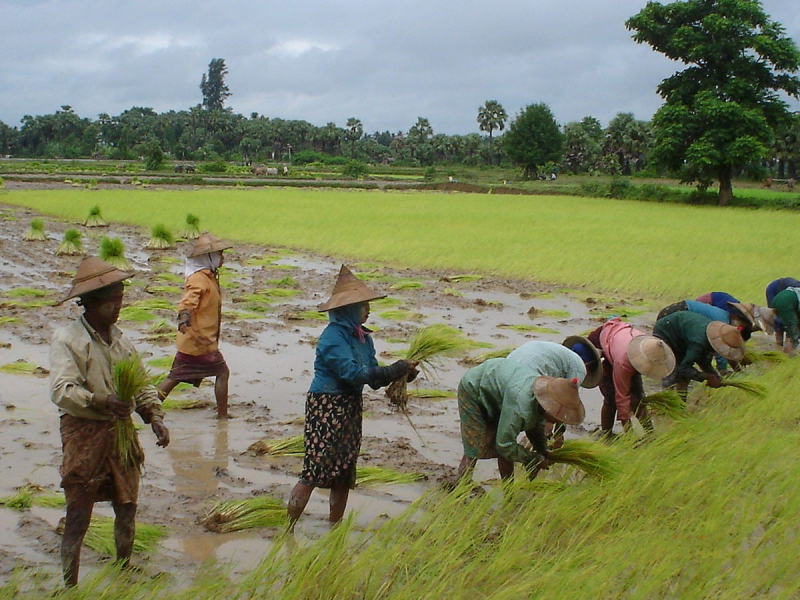Burma
Burma, Myanmar's irrigated and fertile soil, provides the most conducive setting for rice production. Despite a scarcity of resources and investment in the agricultural sector, this country has produced a high level of output. According to the most recent numbers from last year, Burma produced 34.250 million metric tons. The government still needs to take the required efforts to make the most of the available agricultural land for rice production.
In Myanmar's economy, agriculture continues to be quite significant. Understanding Myanmar's agriculture dynamics and performance has been challenging for many years due to a lack of trustworthy, up-to-date data at the sectoral, sub-sectoral, and microeconomic levels. Myanmar's demographics, economy, and governmental spending have all changed dramatically in the last five years, as has its integration into global and regional agro-food markets.
Despite significant diversification in Myanmar's agriculture over the last decade, rice and bean or pulses remain key components of the sector. Rice is still an important crop and product in Myanmar's economy and welfare. Myanmar's paddy output has improved slightly, but it continues to lag behind its contemporaries and its potential. A large rise in labor productivity has been one beneficial outcome at the industrial level. A large increase in the usage of agro-chemicals in paddy production is one potentially concerning development. Many functions elsewhere in the rice value chain are characterized by low operational efficiency and/or poor quality management. Myanmar, after India and Canada, is the world's third-largest producer of pulses.











